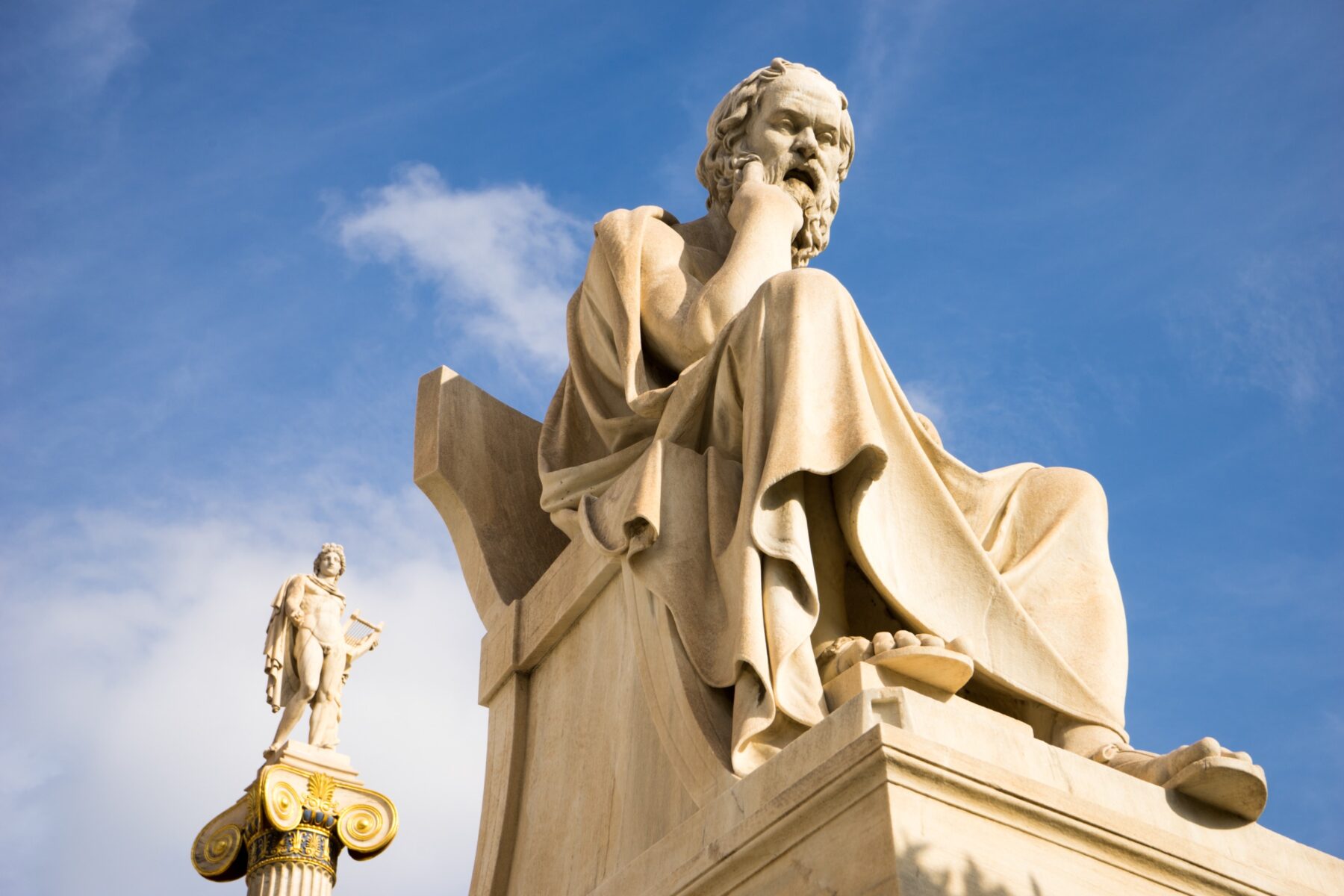The Liberated Learner – Column by Suzanne Kearney
Truly, whoever can make you believe absurdities can make you commit atrocities.”
Voltaire
A scene from Matt Walsh’s recent documentary What is a Woman contains a remarkable exchange. The academic “expert,” Brown University Professor of Pediatrics Dr. Michelle Forcier, MD, MPH, examines the seemingly simple question for which Walsh’s film is named. While discussing the thought processes of children, the conversation proceeds as follows:
Walsh: “Santa Claus is real for them, but Santa Claus is not actually real.”
Forcier: “But Santa Claus does deliver their Christmas presents.”
Walsh: “Well, yeah, but he’s not real, though.”
Forcier: “To that child, they are.”
The conversation takes a turn, and continues:
Walsh: “Male gametes, that’s what makes me male.”
Forcier: “No. Your sperm don’t make you male.”
Walsh: “Then what does?”
Forcier: “It’s a constellation.”
Walsh: “In reality. In truth, okay…”
Forcier: “Whose truth are we talking about?”
Walsh: “The same truth that says we’re sitting in this room right now, you and I.”
Forcier: “No. You’re not listening.”
Truth is under attack, and the American school system is spearheading the battle. Forcier, as an elite academic professional, instructing the supposed “best and brightest” in the Ivy League, is a prime example of how the educational establishment has been thoroughly saturated with the ideological cancer of Postmodernism. Ask almost any teen or college-age student about moral absolutes, and sooner or later, you are bound to hear them say, “It’s fine if it’s right for you…” How did we get here?
We have not always, or even long, had a Postmodern approach to thought. This relativistic lens developed out of Modernism, which itself was a reaction to Pre-Modernism. To simplify, each framework can be identified by its ultimate authority on truth. To the Pre-Modernist, this is God; to the Modernist, man (through reason and the scientific method); and to the Post-Modernist, no absolute truth exists at all.
These approaches to thought can be roughly divided historically into three periods, with some overlap: Creation to the Enlightenment (most of human history); Enlightenment to the twentieth century; and the twentieth century to the present. The trajectory begins with objective, universal truth, and “progresses” toward the dismal end of existential nihilism. Ironically, it can be argued that the more “enlightened” man becomes, the less wise he actually is. How many students see themselves as informed, perceptive, original thinkers, when in reality they are nothing but predictable products of their Postmodern “education”? Unfortunately, it is impossible for them to know this, because, like the prisoners in Plato’s cave, they have been rendered intellectually incapable of imagining anything else.
Those of us who want our children to be actual free thinkers must persuasively show them that there is more than one way to think. The sincere truth-seeker should shun both blind faith absent of reason, and materialistic logic divorced from metaphysical absolutes. Likewise, the complete destruction of rationality Postmodernism leaves in its wake has devastating consequences. We have already seen what happens to our youth when these ideas are brought to their logical conclusion, including genital mutilation (“gender affirming care”), abortion up to birth (“reproductive rights”), and cultural moral decline (drug abuse, suicide, sexual immorality, violence, the breakdown of the family, and increasing societal tribalism, to name a few).
So, what can we learn from Matt Walsh’s What is a Woman? Ask yourself this: if your child can be convinced that men can be women, is there anything they can’t be deceived about? News flash: the educational establishment is not on your side. What are you going to do about it?







